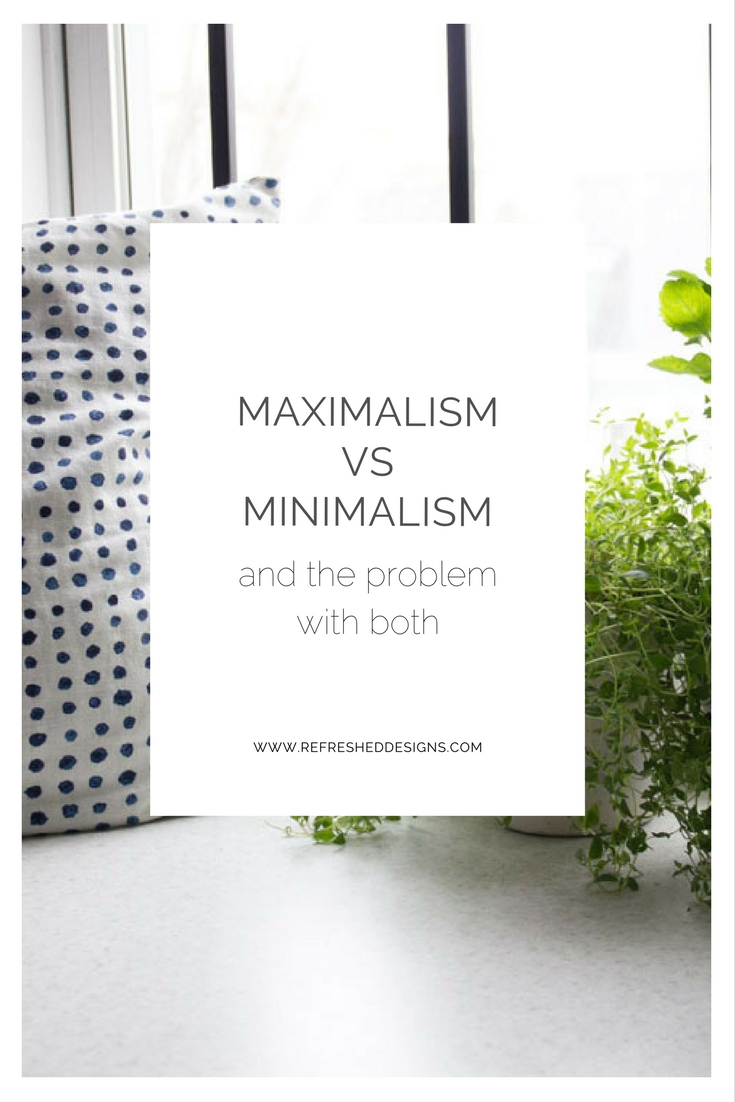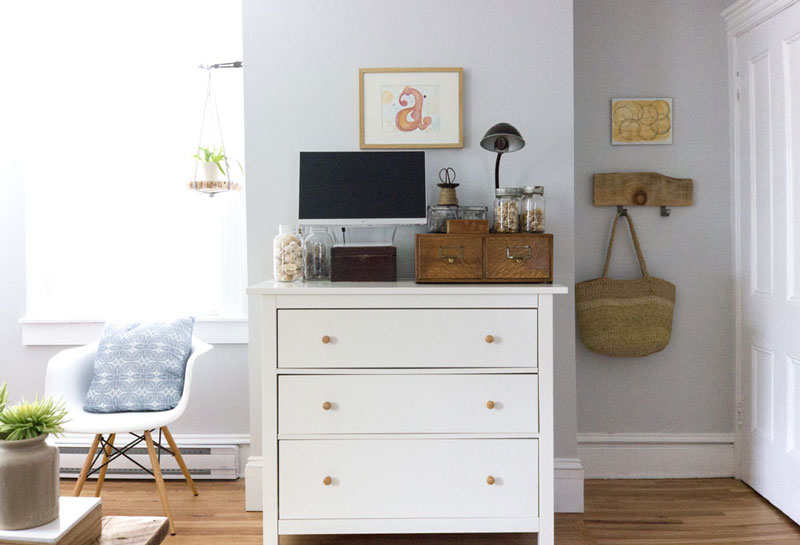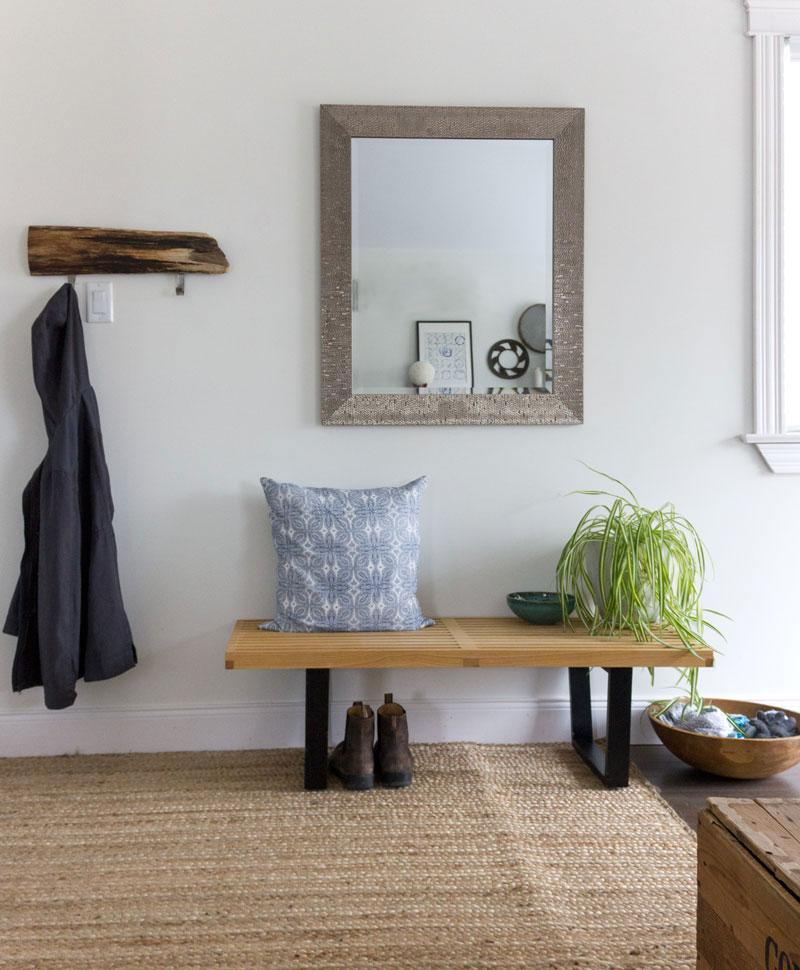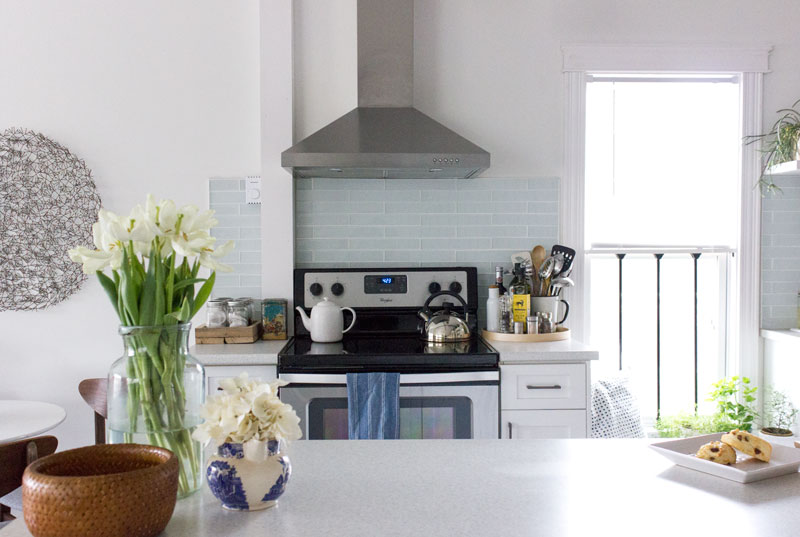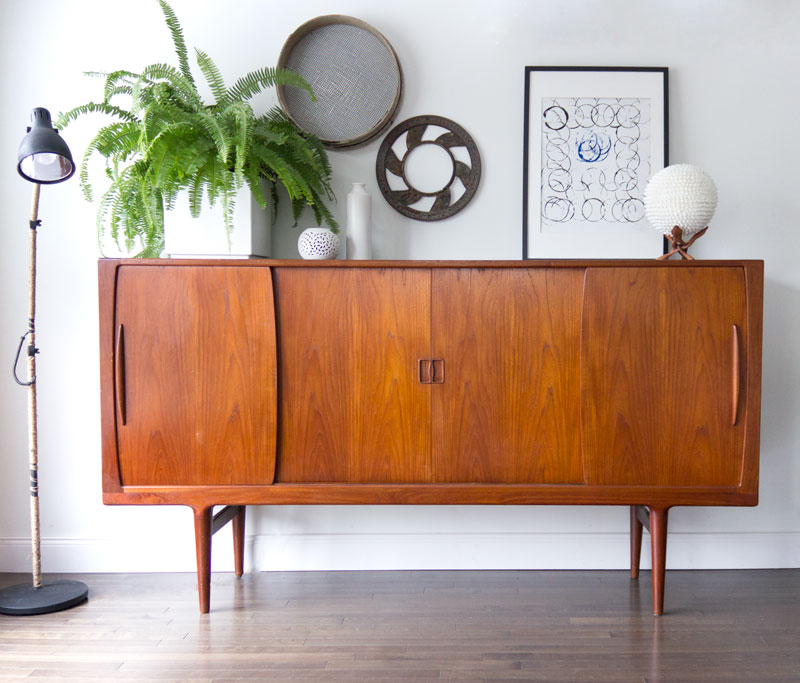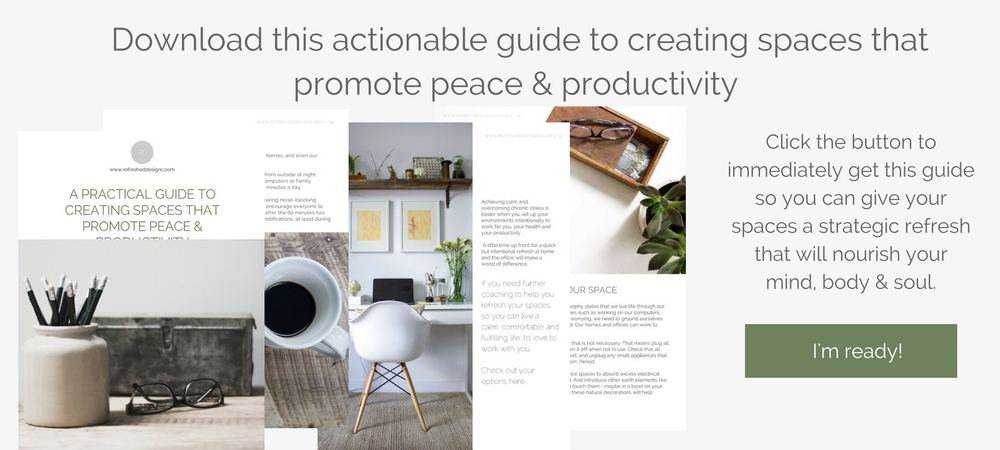Last week Fast Co. Design published the article “”, which touted a return to trendy, colourful, bold, and high-end furniture and interior designs. Citing designers using lush and expensive materials, elaborate patterns, and global influences, the article seemed to back the design industry’s new attempt to play to consumers’ desire for personal expression, not minimalist perfection.
It really irked me.
First of all, we consumers are smart enough to see through the thinly veiled play to our egos to buy new stuff in order to express ourselves. Second, maximalism, at least how it was presented in this article, is nothing more than commercialism at its worst. It promotes wasteful consumption of furniture that is new and trendy for periods of time as short as fashion seasons. It ignores the social problems we’re mired in, including the nearing end of non-renewable resources and the destruction of not only our planet but many people trying to live on it. Designers, trend makers, and media that dictate and encourage excess and design without limitation to the urban and suburban homeowner masses are irresponsible. At this point in our history when we’re experiencing unprecedented extreme weather, extreme poverty, and extreme risk to life as we know it, I would argue that they’re even immoral.
But minimalism isn’t necessarily the answer.
Yes, minimalism is certainly admirable in its quest to allow us to gain the stillness needed to contribute our best to the world. To some though, minimalism has become yet another thing to attain, without getting the satisfaction that it promises. It can become an obsession to achieve minimalist perfection to post on Instagram. It can feel extreme and depressing if taken beyond a certain level. Perhaps it’s even the cause of the knee-jerk maximalist response.
I believe our senses and emotions need some comfort, and our home environment can provide that. Extreme minimalism can potentially invoke a sense of loss, sacrifice, and loneliness instead of clarity and calm when done right. If we are preoccupied with eliminating stuff and don’t keep the essential things that help us feel our best and be able to contribute the most, it defeats the purpose of minimalism. Minimalism works for those who make it work for their own personal needs, but for many, it misses the mark.
The answer, I believe, is somewhere in the moderate middle, as most answers tend to be.
Essentialism is the art of discerning between external noise and internal voice. The movement has become popularized recently because of Greg McKeown’s book, , but this simple concept is as old as time. It’s the identification, and then the continual choice, of living with only what is essential. To our ancestors who didn’t have the choice of more, this was just normal life. We’ve gradually lost this kind of common-sense, simple-living approach in our “more and faster” society.
McKeown says to ask ourselves, “Is this the very most important thing I should be doing with my time and resources right now?” I would suggest that we ask this about everything we bring into our home – both from an “is it important to me?” and an “is it responsible for my health and the planet’s health?” viewpoints.
Essentialism is probably what minimalism was really meant to achieve in the first place: the pursuit of simplicity so that we can arrive at a deeper understanding of what personally makes for a happy and meaningful life. Less can help us to become more, not have more.
So whether you tend toward minimalism or maximalism, I believe what would be better for us all would be to strive for essentialism- along with responsibility and sustainability – in both life and interior design.
My home office – Essentialist style
My small entryway
My kitchen is probably still a little too cluttered – I’ll keep editing out non-essentials
My teak credenza in the living room with simple styling
To read more about my own Essentialism style and simple steps to achieve yours, .
